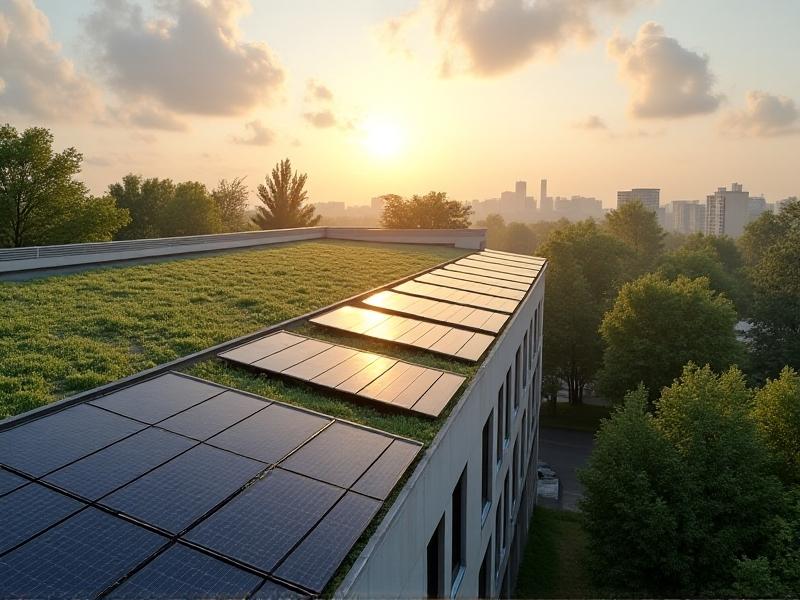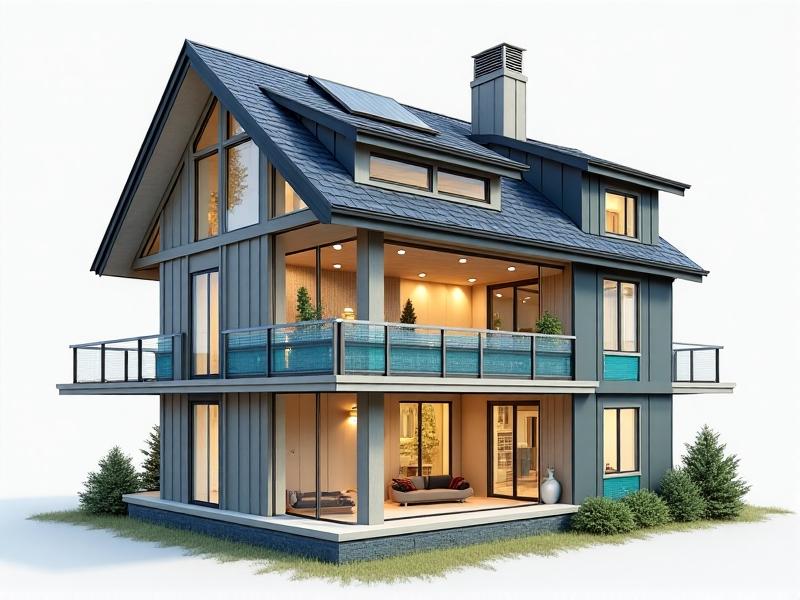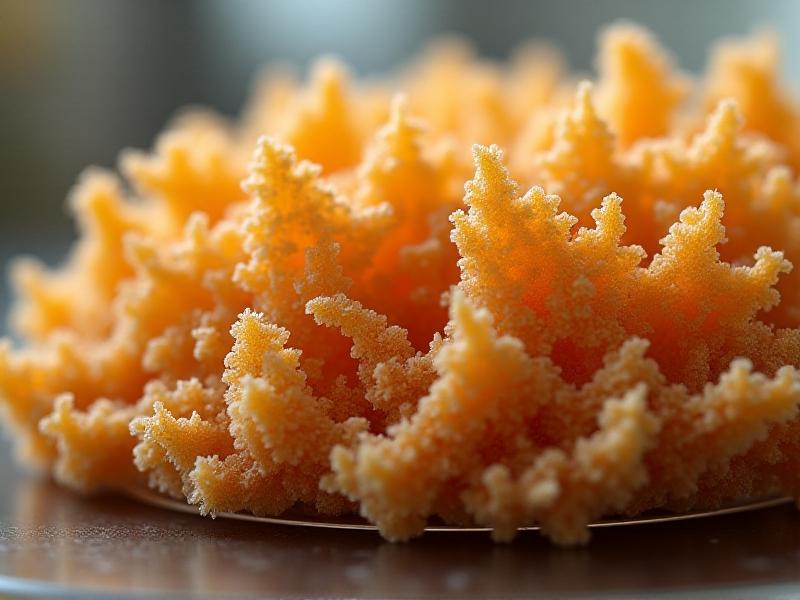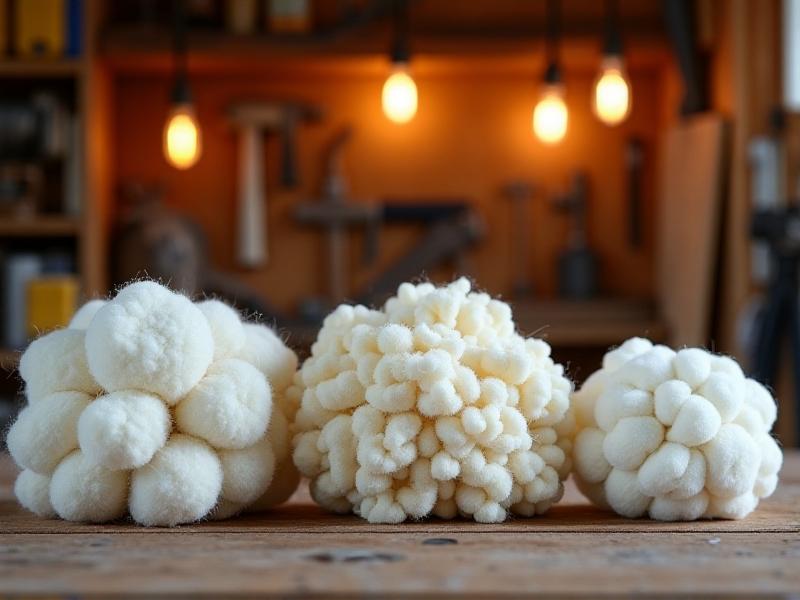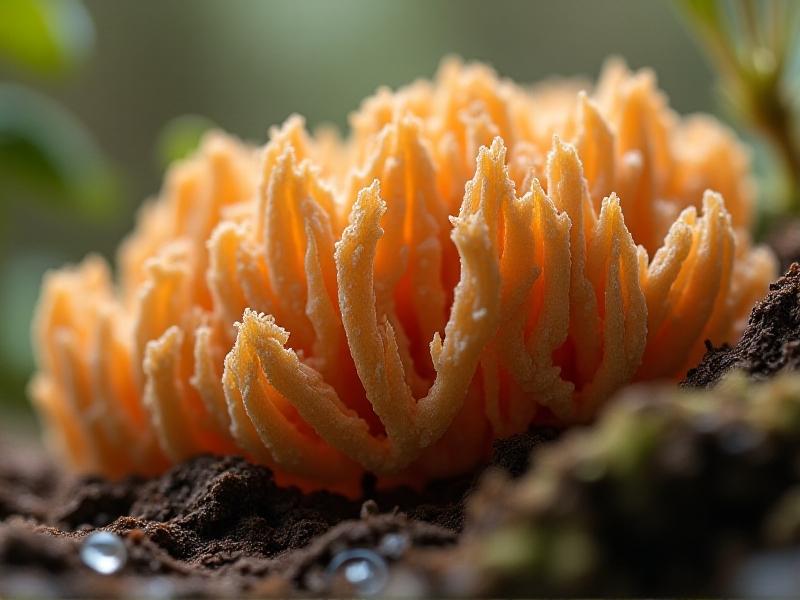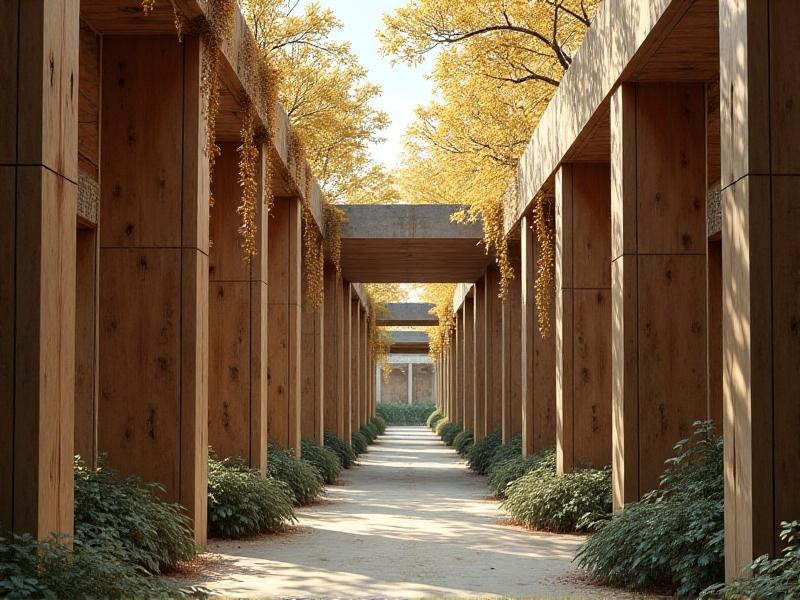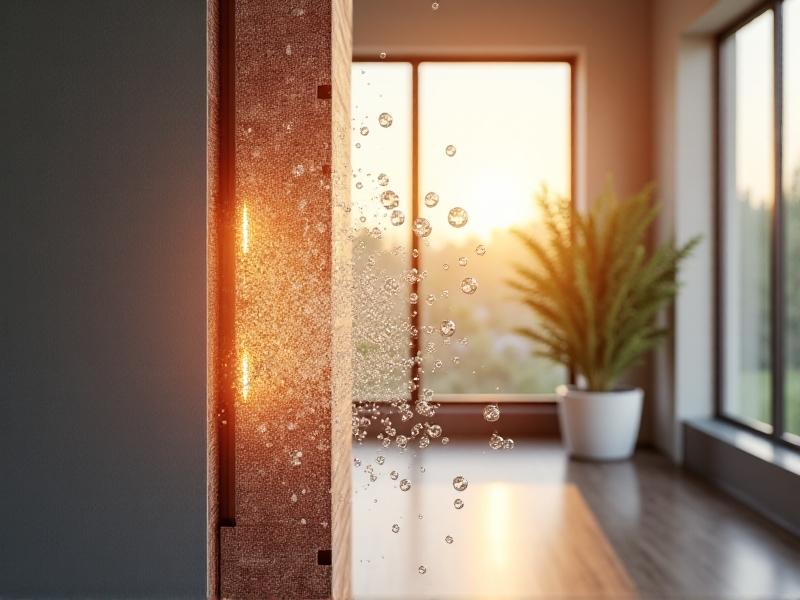Thermal Bridging Solutions in Mycelium Composite Construction
Understanding Thermal Bridging in Mycelium Composite Construction
Thermal bridging is a critical concept in construction, referring to the areas where heat escapes more readily than in the surrounding materials. In mycelium composite construction, this phenomenon can significantly impact energy efficiency. Mycelium composites, made from the root structure of fungi, are gaining popularity due to their sustainability and insulation properties. However, without proper thermal bridging solutions, these materials can still lead to energy loss. Understanding the science behind thermal bridging is the first step toward creating more efficient buildings.
Mycelium composites are unique because they are lightweight, biodegradable, and have excellent thermal insulation properties. However, when used in construction, the joints and connections between materials can create pathways for heat to escape. These pathways, known as thermal bridges, can reduce the overall energy efficiency of a building. By identifying and addressing these weak points, architects and builders can enhance the performance of mycelium composites.
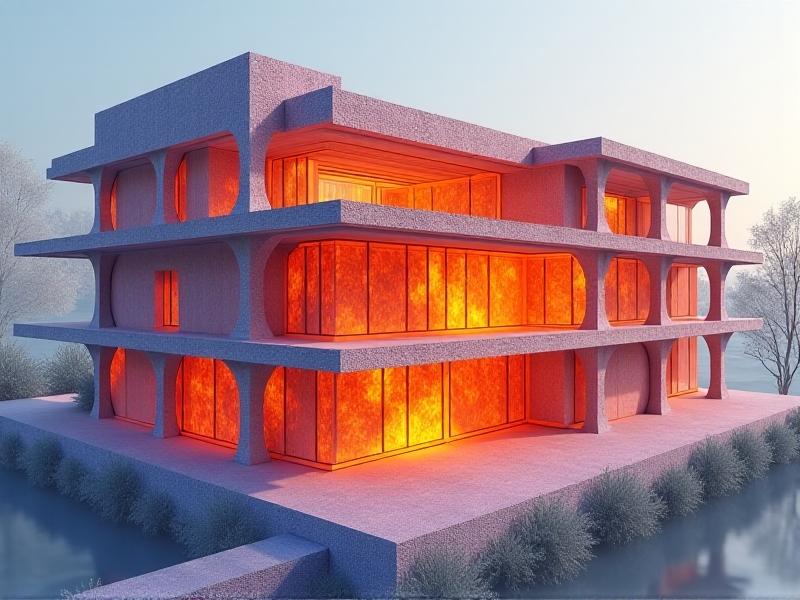
The Role of Mycelium Composites in Sustainable Construction
Mycelium composites are revolutionizing the construction industry by offering a sustainable alternative to traditional building materials. These composites are grown from fungal mycelium, which binds agricultural waste into a strong, lightweight material. Beyond their environmental benefits, mycelium composites have excellent thermal insulation properties, making them ideal for energy-efficient buildings. However, to fully harness their potential, it is essential to address thermal bridging issues.
One of the key advantages of mycelium composites is their ability to reduce carbon footprints. Unlike conventional materials like concrete or steel, mycelium composites are grown using minimal energy and produce little waste. Additionally, they are biodegradable, reducing the environmental impact at the end of a building's life cycle. By incorporating thermal bridging solutions, builders can further enhance the sustainability of mycelium-based structures, ensuring they remain energy-efficient throughout their lifespan.
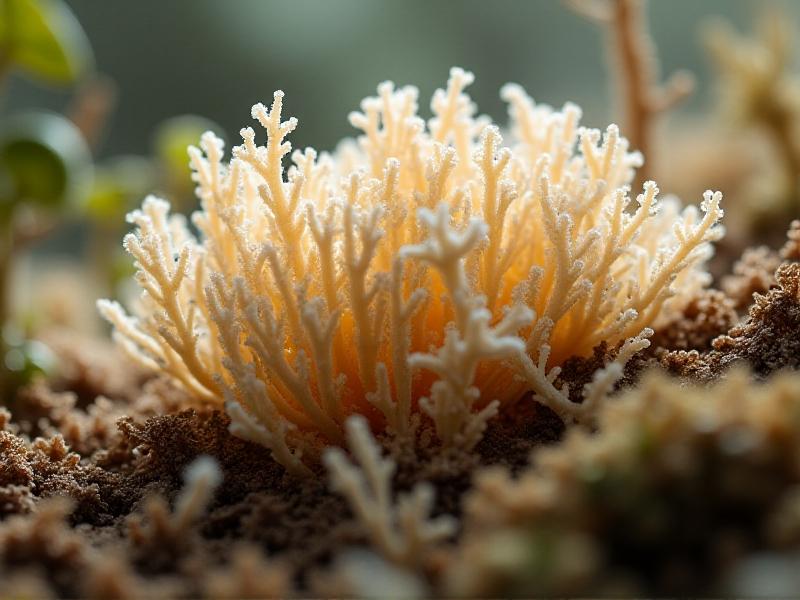
Common Thermal Bridging Challenges in Mycelium Construction
While mycelium composites offer numerous benefits, they are not without challenges, particularly when it comes to thermal bridging. One of the most common issues is the creation of thermal bridges at the junctions between mycelium panels and other building materials. These junctions can act as conduits for heat transfer, reducing the overall insulation performance of the structure. Additionally, the lightweight nature of mycelium composites can make them more susceptible to thermal bridging compared to denser materials.
Another challenge is the integration of mycelium composites with existing building systems, such as HVAC and electrical wiring. These systems often require penetrations through walls and floors, which can create additional thermal bridges. Addressing these challenges requires innovative design solutions and careful planning to ensure that the thermal performance of mycelium composites is not compromised. By understanding these challenges, builders can develop strategies to mitigate thermal bridging and optimize energy efficiency.
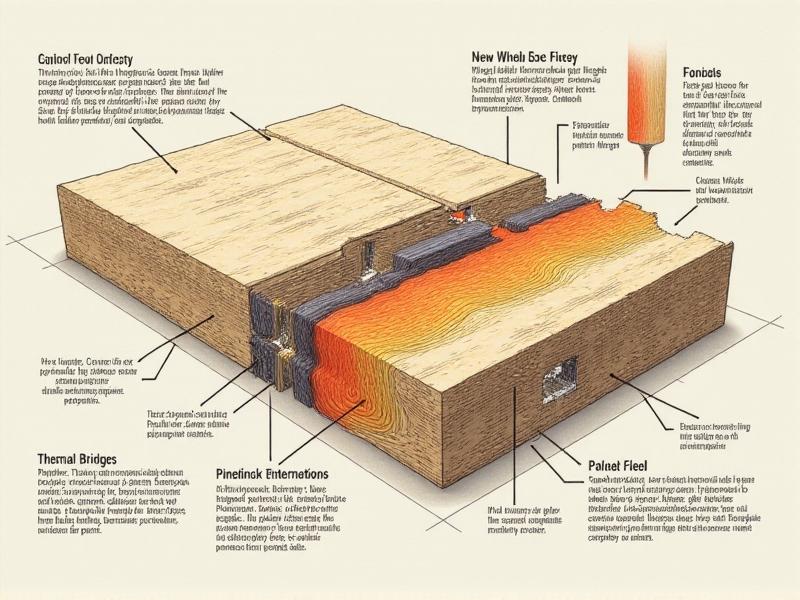
Innovative Solutions to Mitigate Thermal Bridging
To address thermal bridging in mycelium composite construction, several innovative solutions have been developed. One approach is the use of thermal breaks, which are insulating materials placed between mycelium panels and other building components to reduce heat transfer. These breaks can be made from materials like aerogel or cork, which have low thermal conductivity and can effectively block heat flow.
Another solution is the integration of continuous insulation layers that cover the entire building envelope, minimizing the impact of thermal bridges. This approach ensures that there are no gaps or weak points in the insulation, providing a more consistent thermal performance. Additionally, advanced modeling and simulation tools can be used to identify potential thermal bridges during the design phase, allowing architects to make informed decisions and optimize the building's energy efficiency.
The Future of Mycelium Composites and Thermal Bridging
As the construction industry continues to embrace sustainable materials, the future of mycelium composites looks promising. Researchers and developers are constantly exploring new ways to enhance the thermal performance of these materials, with a focus on minimizing thermal bridging. One area of innovation is the development of hybrid materials that combine mycelium with other insulating substances, creating composites with even better thermal properties.
Another exciting development is the use of 3D printing technology to create custom mycelium components that fit seamlessly into a building's design, reducing the risk of thermal bridging. These advancements, combined with ongoing research into thermal bridging solutions, are paving the way for more energy-efficient and sustainable buildings. As mycelium composites become more widely adopted, they have the potential to transform the construction industry and contribute to a greener future.
